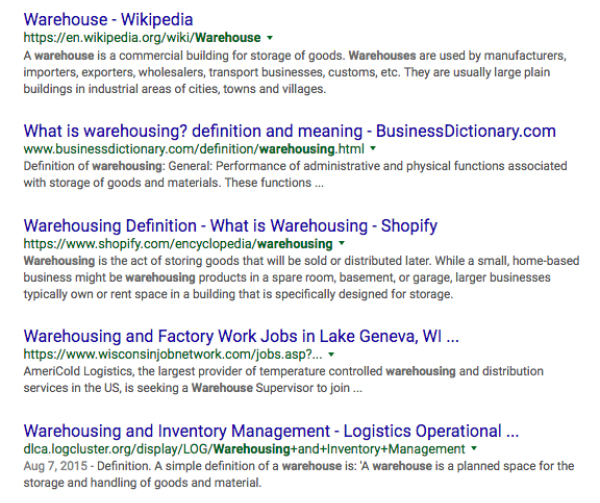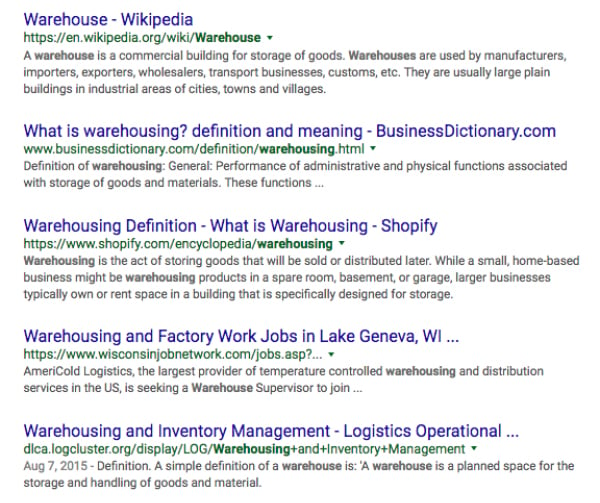
Written By: TMSA Staff | Feb 15, 2017 12:00:00 AM

SEO keywords are the words and phrases on your website that match user queries (the words and phrases your audience types into search engines) and tell search engines what your content is about. They are the starting point of a good SEO strategy.
But how keywords are used has evolved dramatically. Google has a very sophisticated understanding of language, so digital marketers who hope to have any SEO success need a modern SEO keyword strategy.
A brand’s core keywords are most often your products, services, and/or solutions. A 3PL company, for example, might create a list of core keywords that includes:
If you’re not sure where to find keywords, ask yourself how the brand defines its products, what terms your audience uses to discuss your business (check out social media or ask your sales and customer service reps), and/or what search terms you want your brand to show up in search results for.
Google knows that different people can use the same word(s) and mean different things, which is why their machine learning programs are running 24/7/365 to analyze how people use search.
For example, if someone Googles, “warehousing,” does that person want a definition of what a logistics company is and does or does that person want to find a logistics company—does he want to learn or purchase? Google is heavily invested in figuring that out, because they want to provide the best search results possible. Studying search results shows us what Google has learned:
The first four results are definitions. There are a couple brands further down the page, but the primary user intent behind “warehousing” is to learn. That’s what Google has determined users want.
If you type a keyword into Google and see a lot of branded product/sales web pages on the first page of search results, you have a purchase intent keyword.
That keyword/user intent research should, then, inform your content marketing strategy—online and offline. If you want your brand to show up at the top of search results when someone Googles “warehousing,” your site needs some high-quality content that defines warehousing.
It can be tempting to always target SEO keywords with a great sales page, because, of course, you want to close accounts. But Google will not be used. If their algorithms have determined that users want information, that’s what Google wants to deliver.
Tags: Marketing